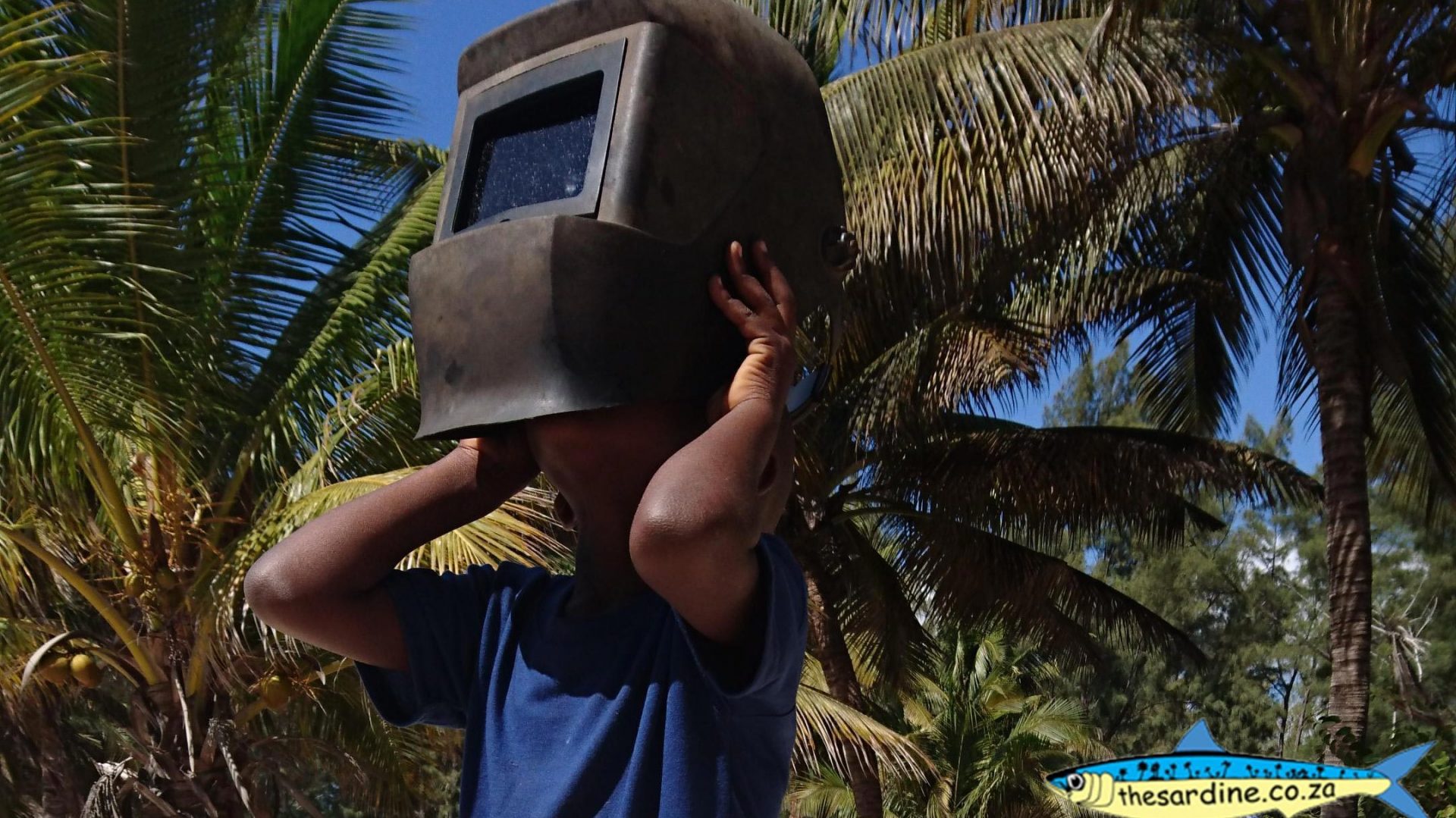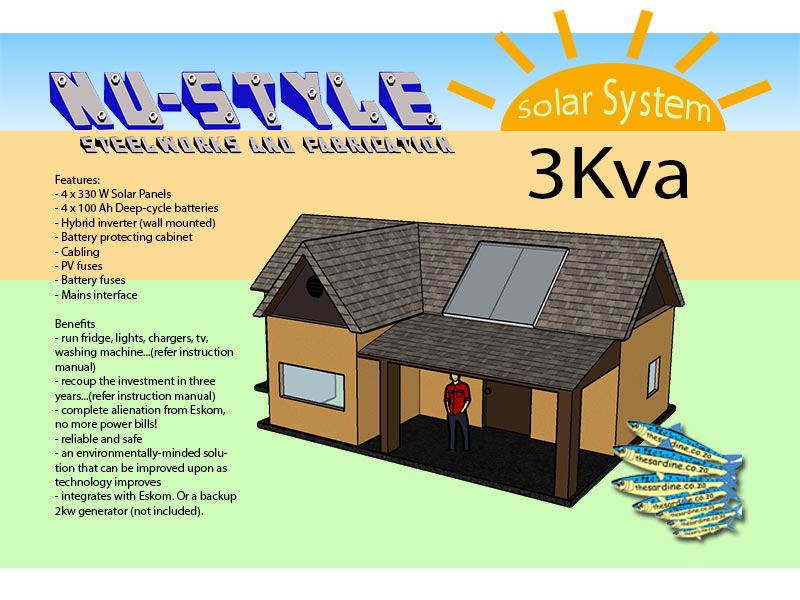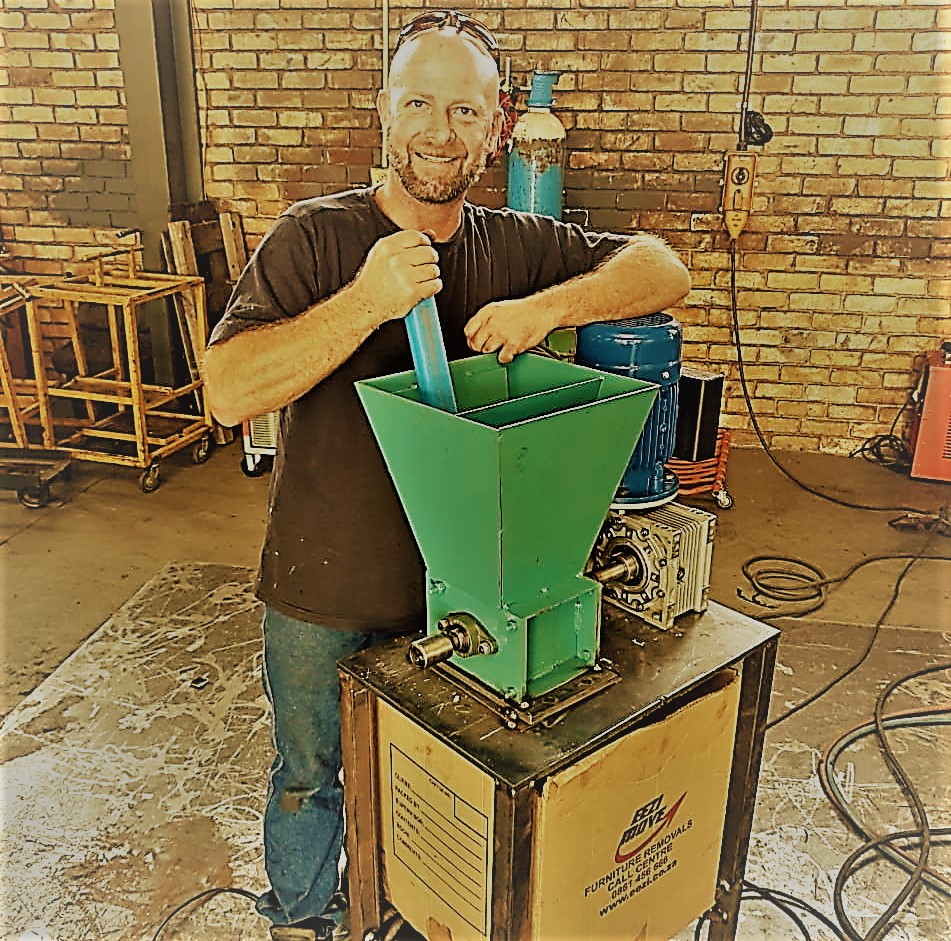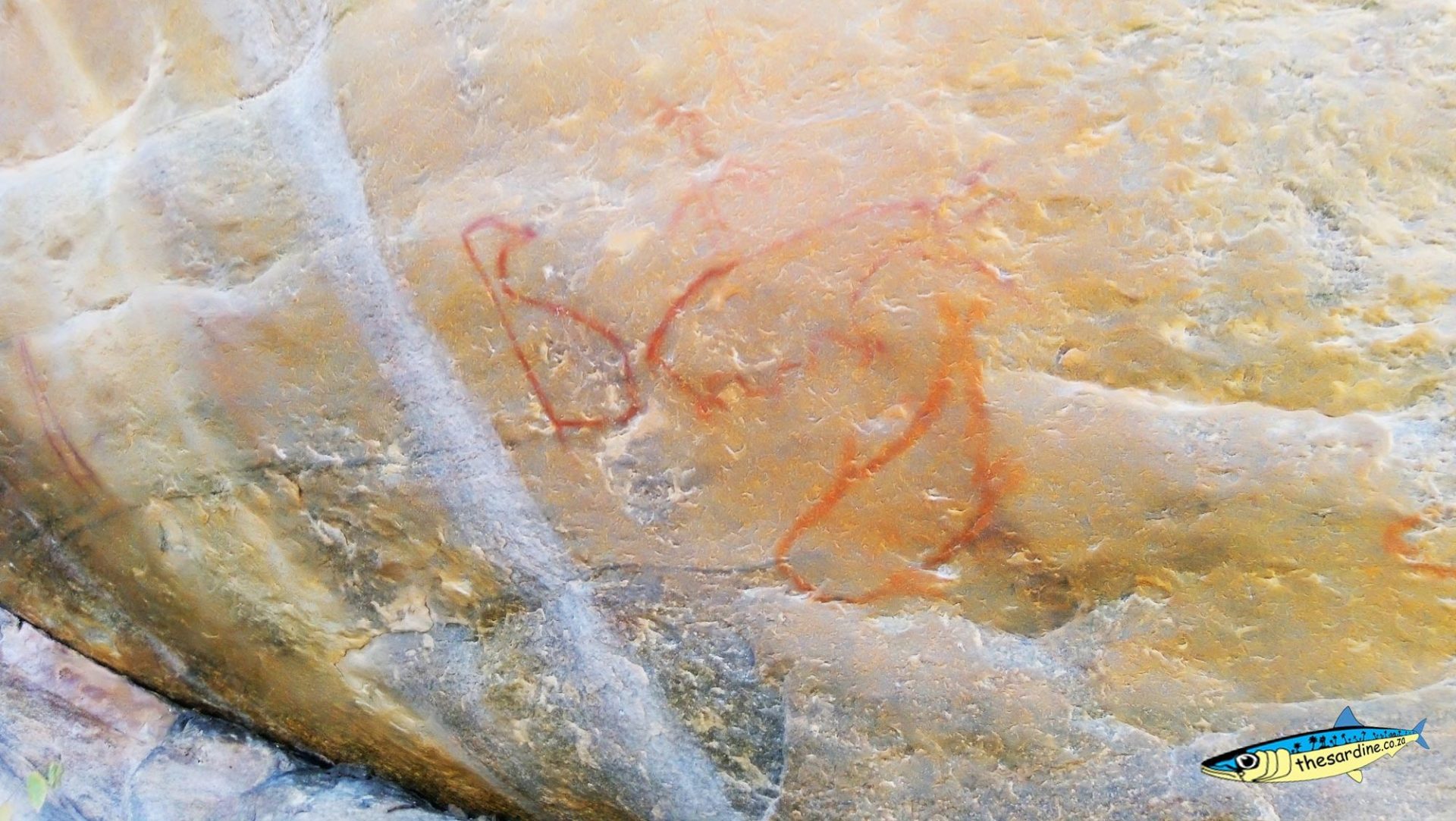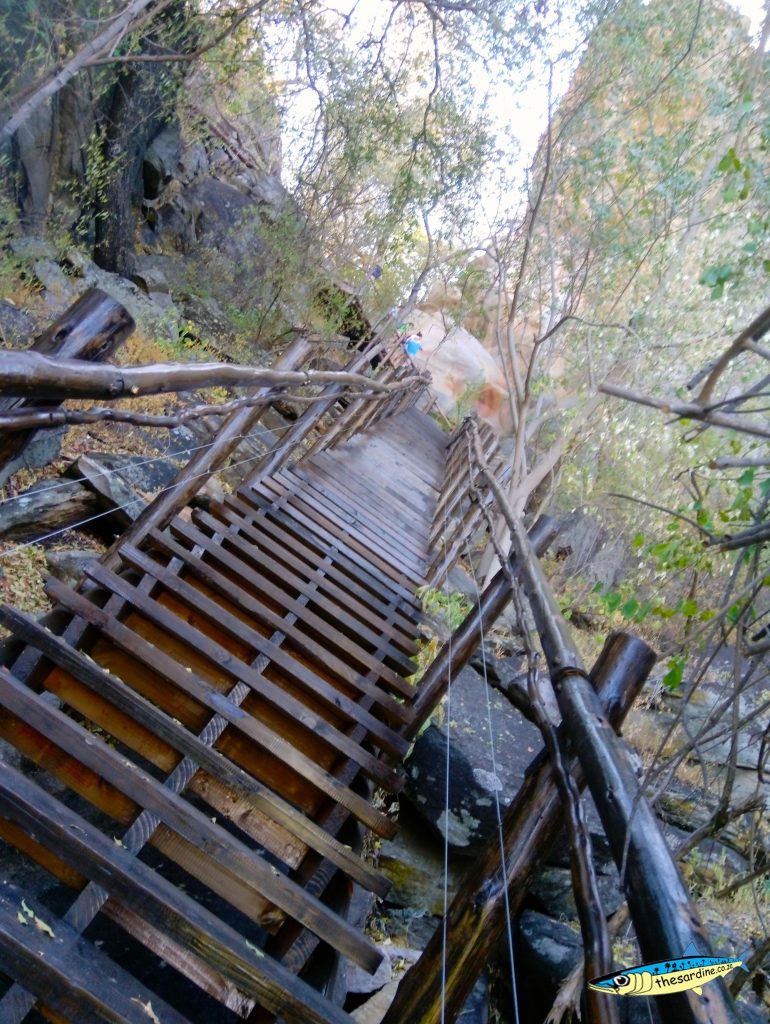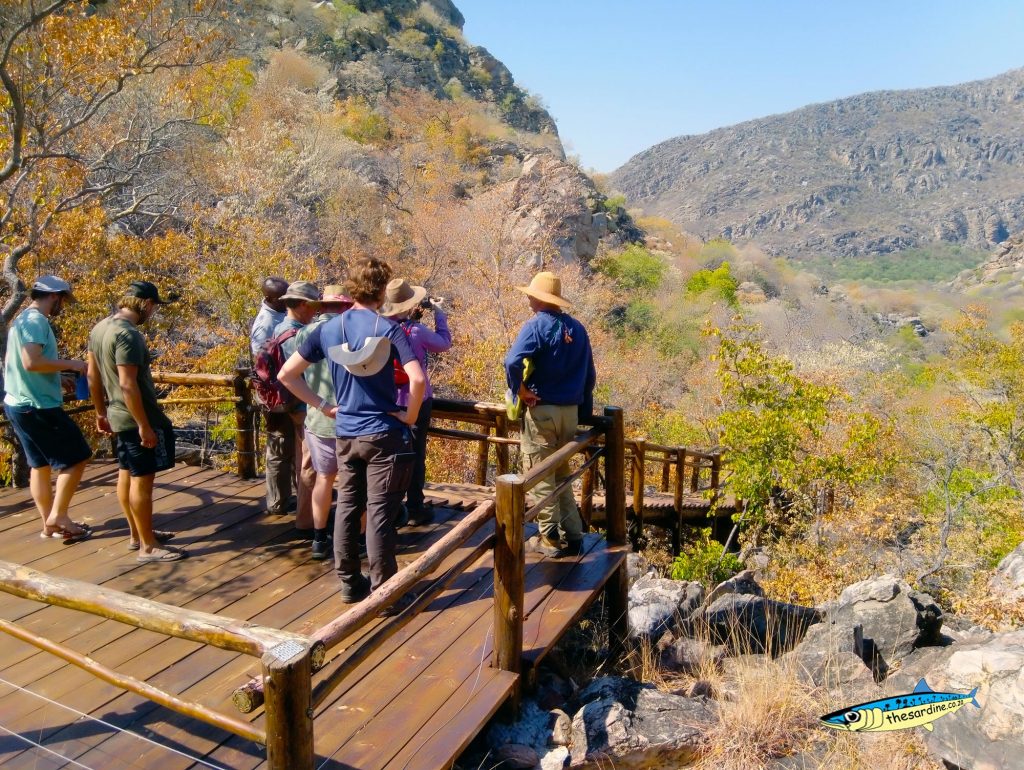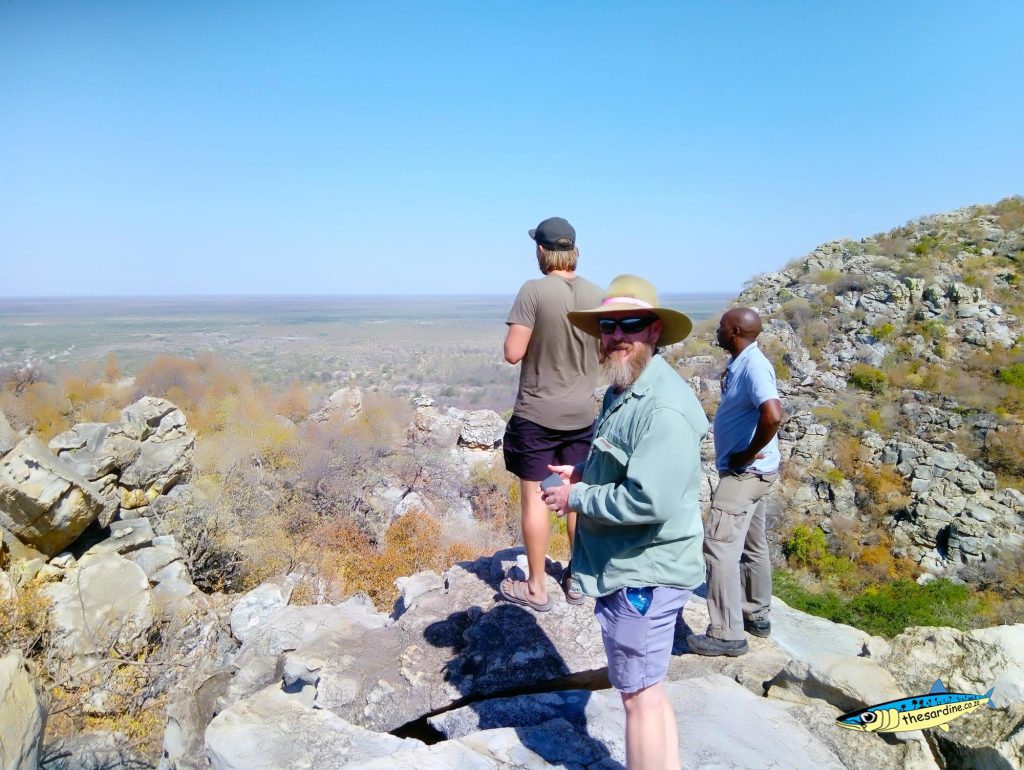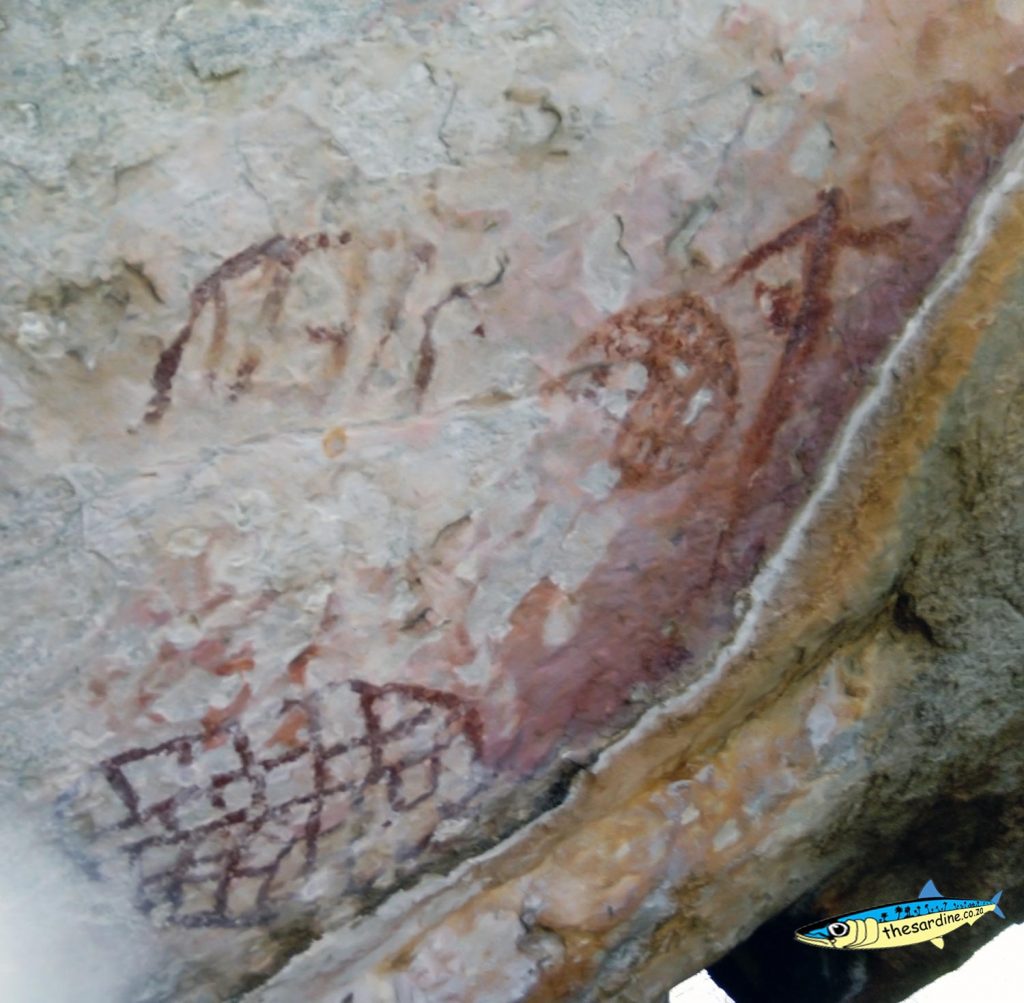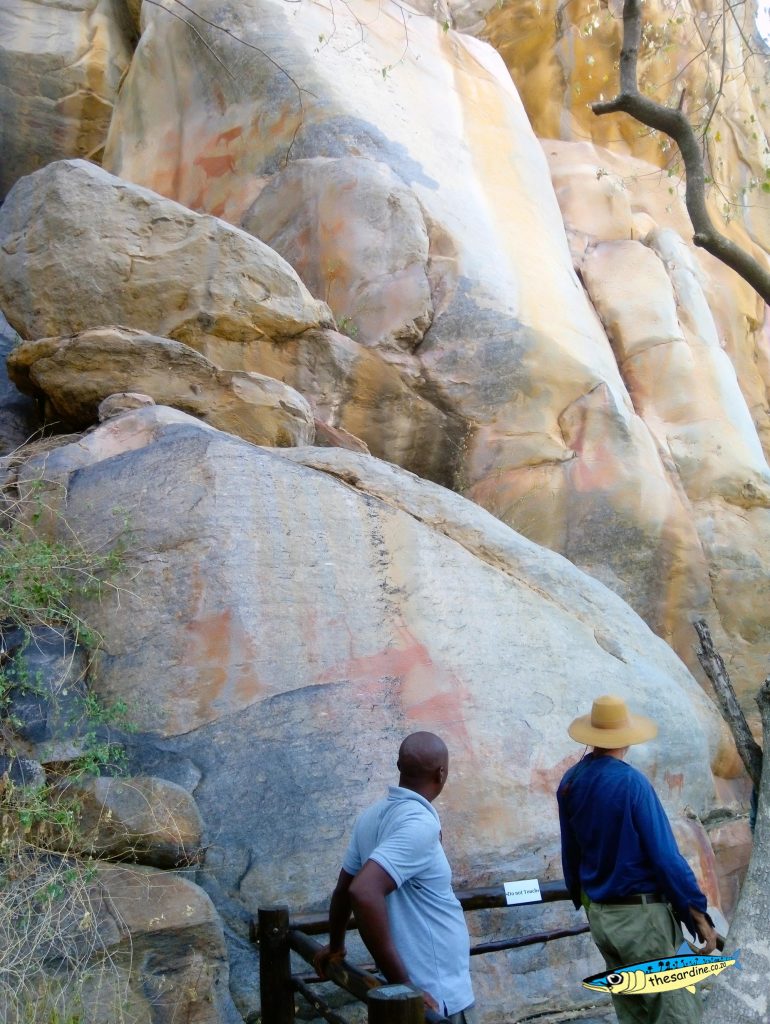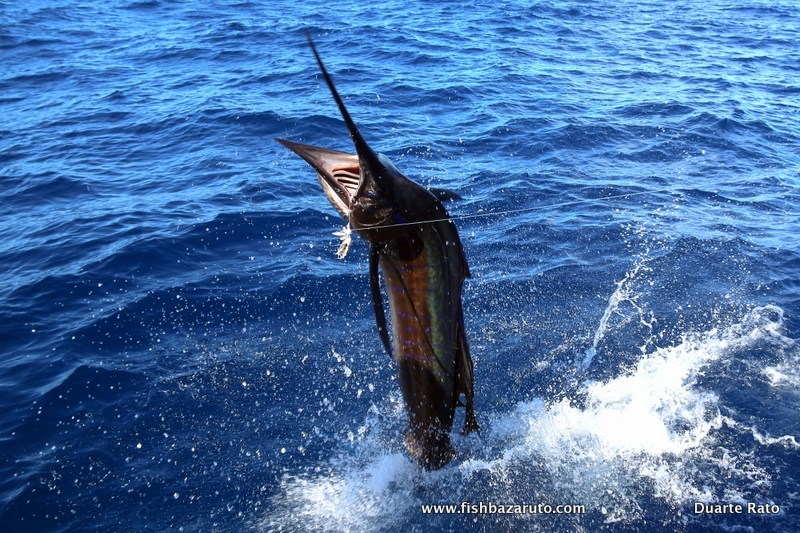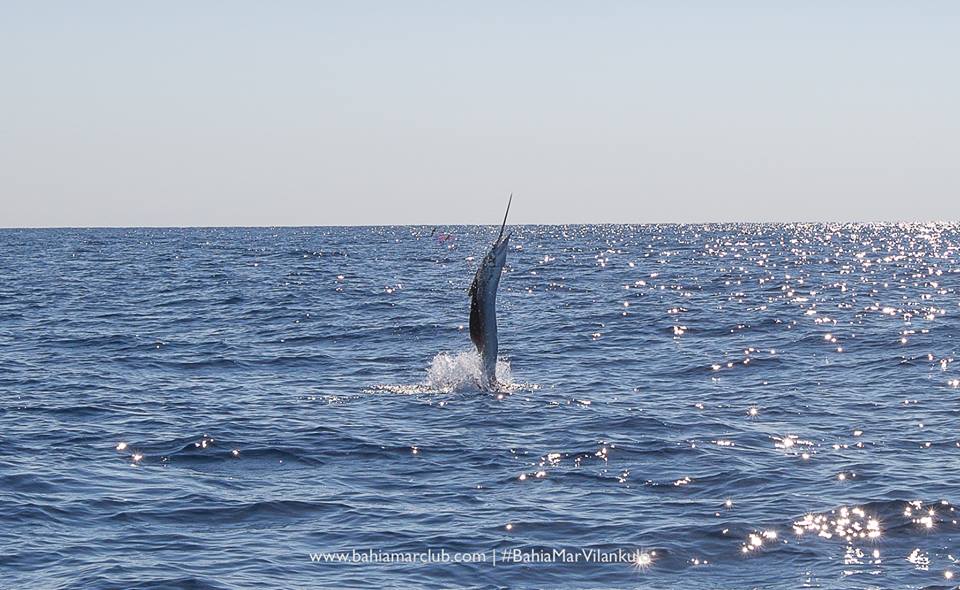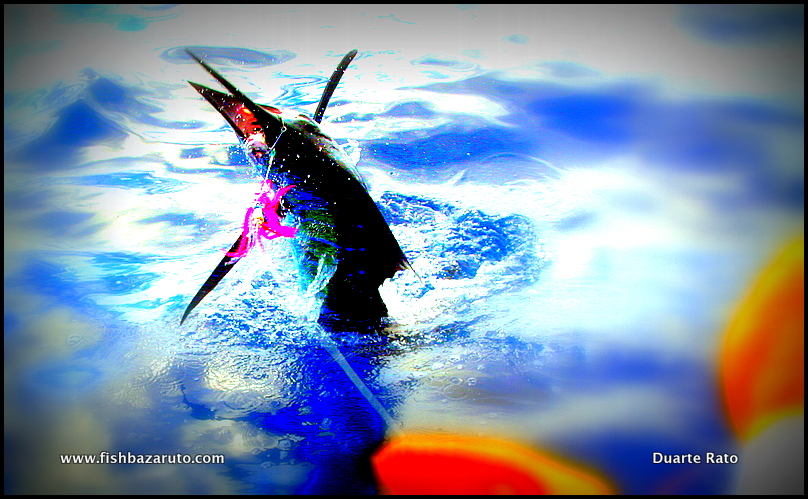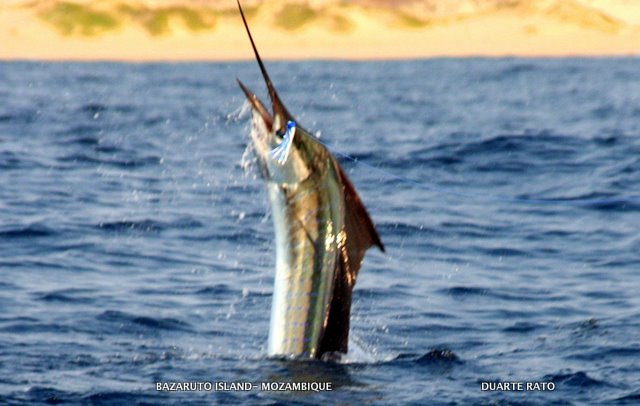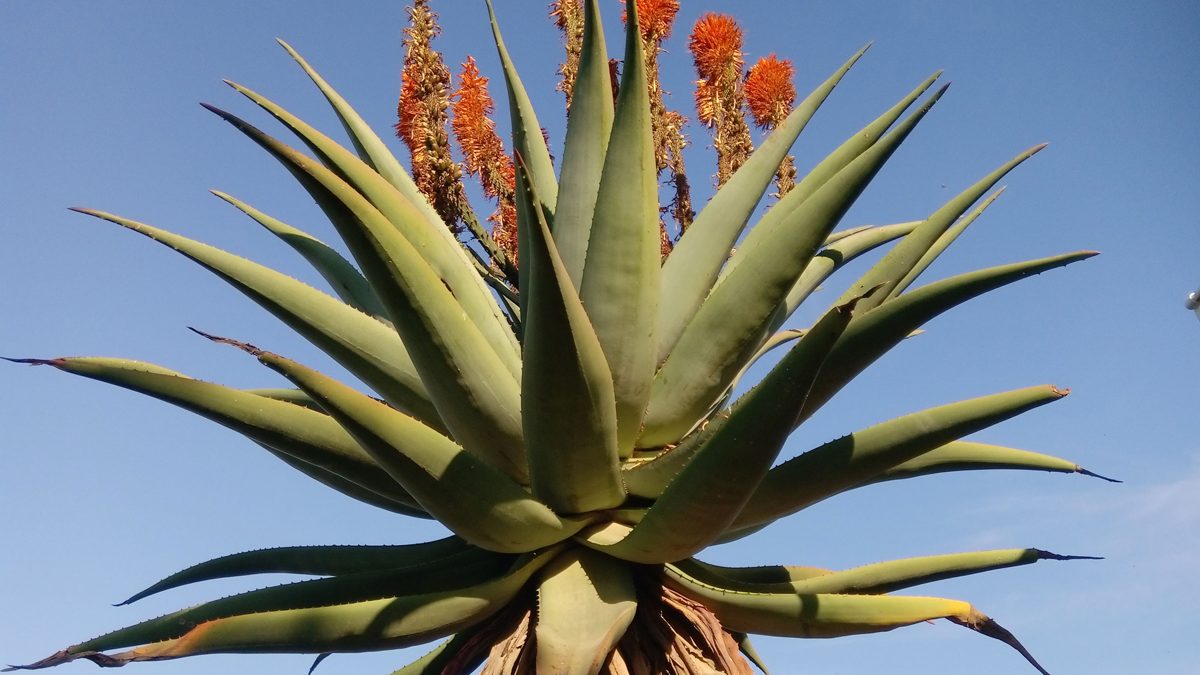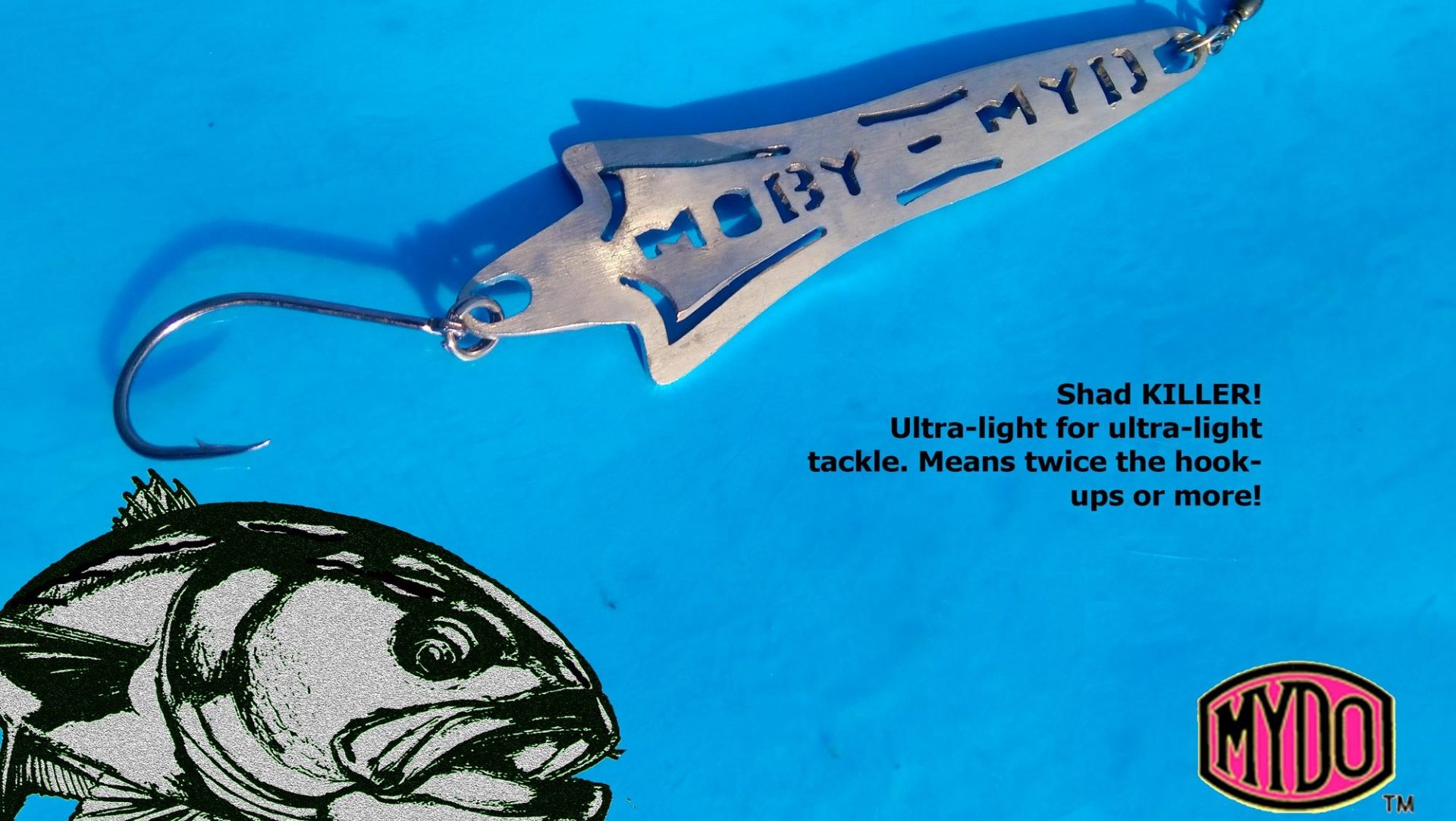
The Mydo Moby Spoon
Introducing the Mydo Moby Spoon: When the SS Spoon range from Mydo Lures came out, their technological features made quite a literal splash. The lateral line holes and eyes that are cut right into, and right through, the lure cause air cavitation. Resulting in a trail of air bubbles and a plume of spray flying up through the air. Coupled with the concave underneath and the lateral curve (rocker) modelled on Brian Davey’s original spoon profile and design, the SS range has been catching fish.
However, many people started asking for the good old Toby spoon. Which, originally made by Abu Garcia, is the most produced type of lure worldwide, ever. But it is not a patented design – and so we unashamedly made our own high-tech version. And here it is…the Moby.
As you will see, it is a little straighter than the SS range. And it swims exactly as it should, a gentle swaying motion starting at the tip and exaggerating into the tail. It is more predictable than the SS Spoon guys, and wowser, it looks good.
During testing, we caught many shad on them. So much fun on light tackle. However, there are limitations to fishing high-tech like this, which we experienced in the strong east winds of KZN and the Kei. The lures are extremely lightweight. Which really helps when fishing over shallow ledges or shelves. We never lost one lure to the rocks during the test runs. And it gives them their lively action. But, difficult to get any real distance in, when fighting the beasterly easterly. But by repositioning and fishing with the wind, enables us to take advantage of the wind rather than fight it. The lateral line pattern of holes allows air through the lure during the cast, minimising it’s profile and friction through the air.
The easy way is fish light. Very light, especially when playing around with the smallest model, which is a mere 6cm long. But it’s a dream rig. 8 or 10lb Braid, tiny grinder and a little bass or estuary rod. You can keep this rig with you at all times. And it works for everything, everywhere!
Fishing light like this produces so much more, every time. Places like the Richard’s Bay harbour, Durban Bay, estuaries – become a playground as the light tackle opens up a whole new host of target species. And depending on which waters you are fishing, and how you work the spoon, you can choose exactly what to target.
Whilst with clients up in the Okavango in June, we tried the new spoons out for the ferocious tigerfish. We fished the tiny 600 on a real light outfit, and in the idyllic conditions, we were popping that tiny lure a good 20 metres. Which is all you need when fishing the confluences. We had fun with a string of baby tigers. One after the other.
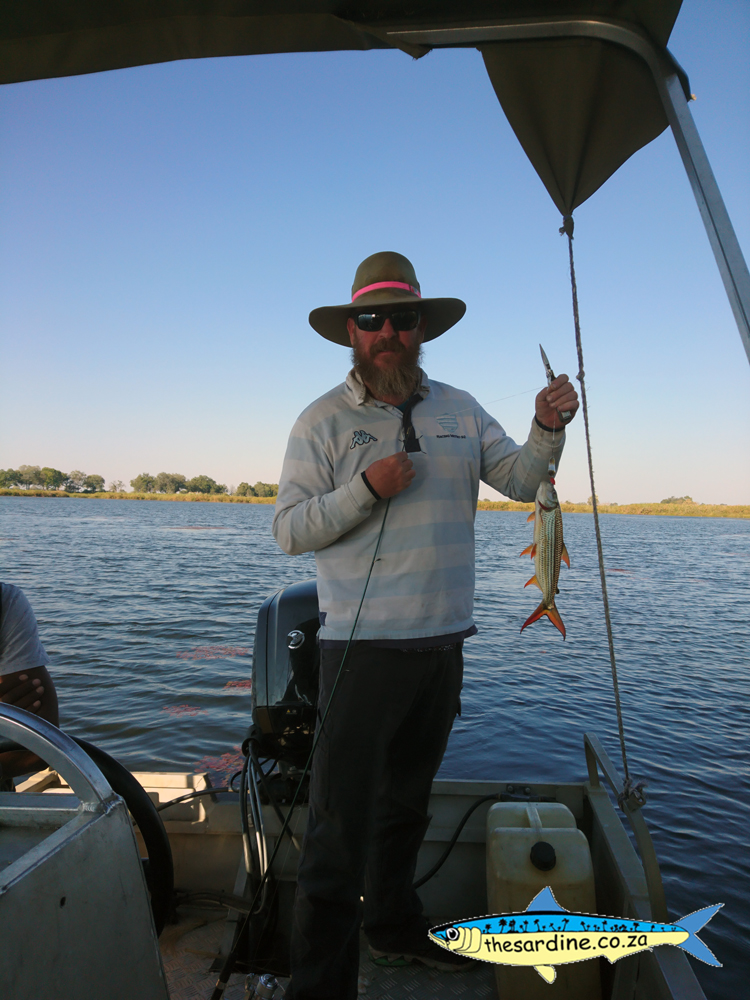
The MYDO Moby is available at participating tackle shops countrywide, but buying them online works great too. Use the Tackle menu item above. Or click right here. Or get in touch via email – works in 2G areas – umzimkulu@gmail.com or WhatsApp +27793269671.
And a gallery of fish recently caught on Mydo SS and SS Moby Spoons…

The little MYDO SS Shad spoon accounted for most fish we caught 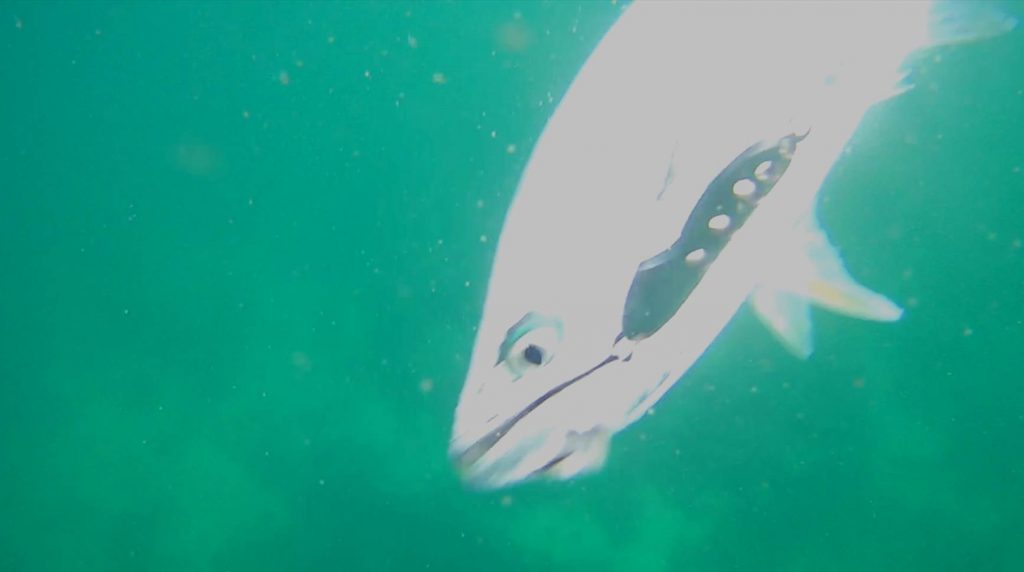
A beautiful Talang Queenfish from the waters near Paradise .Island. Released 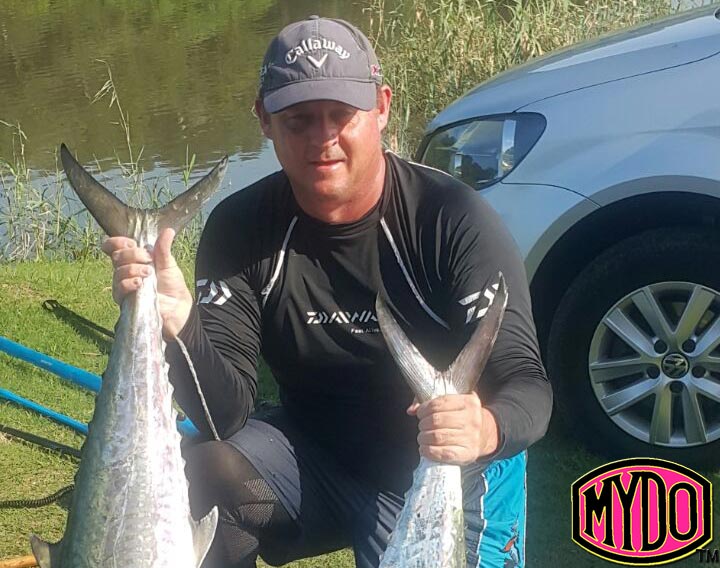
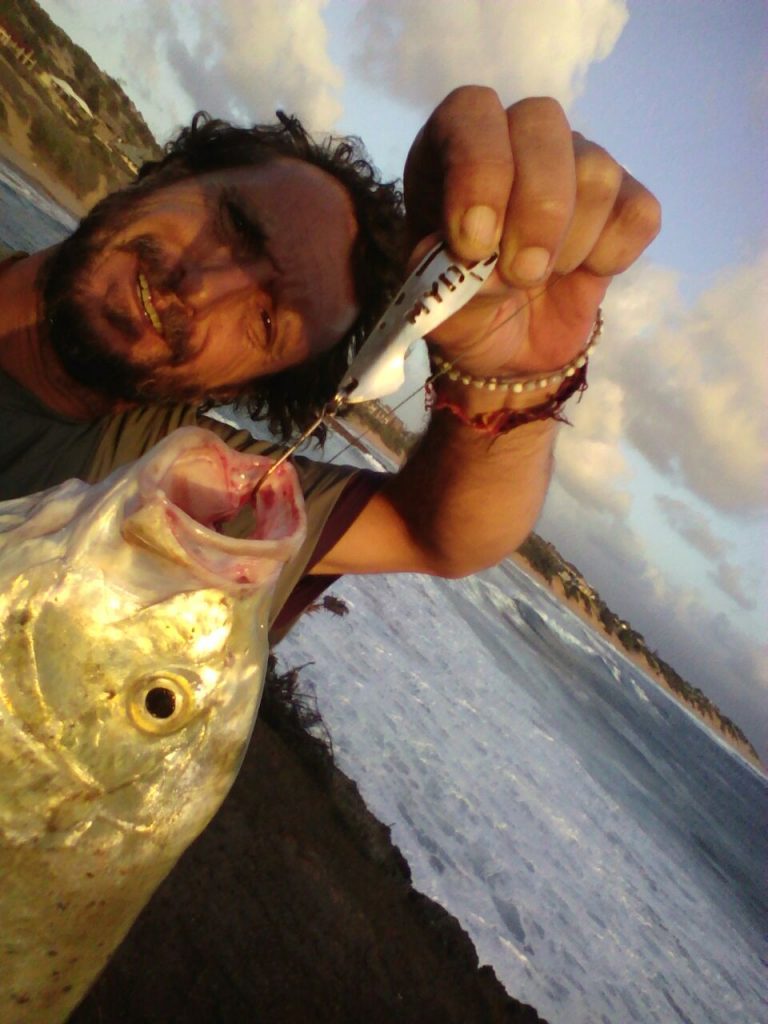
Island Trevally on a Mydo SS Spoon at Tofinho, Inhambane, Mozambique 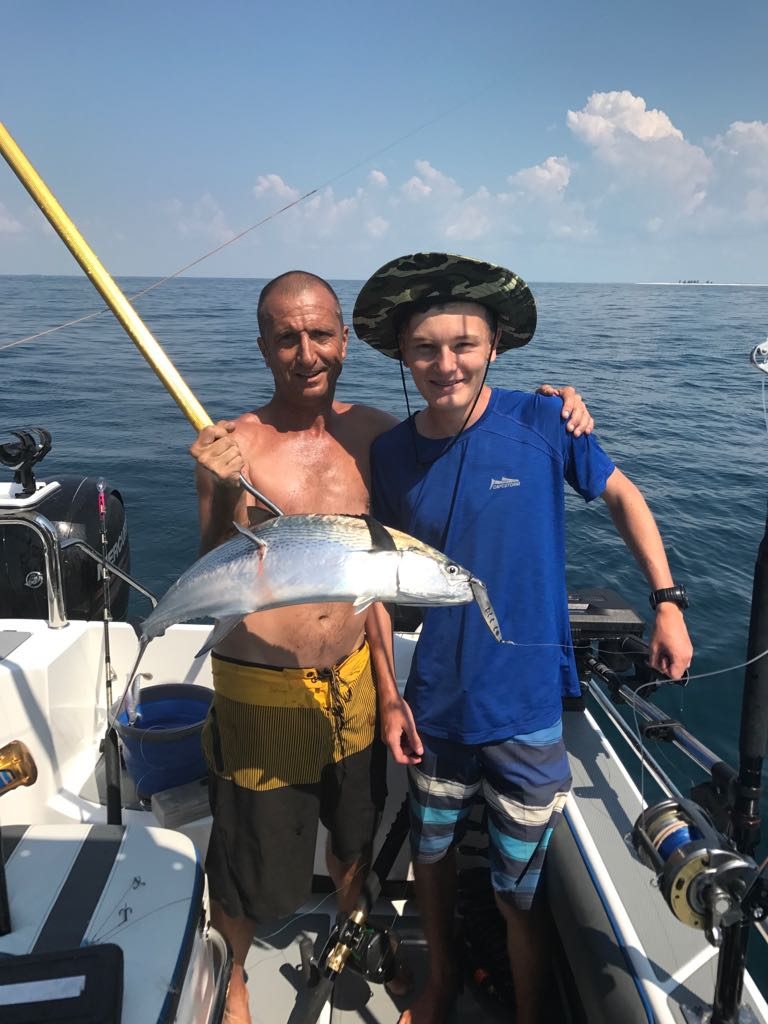
The Mydo SS Snoek spoon dealt with 80% of our Snoek this day. 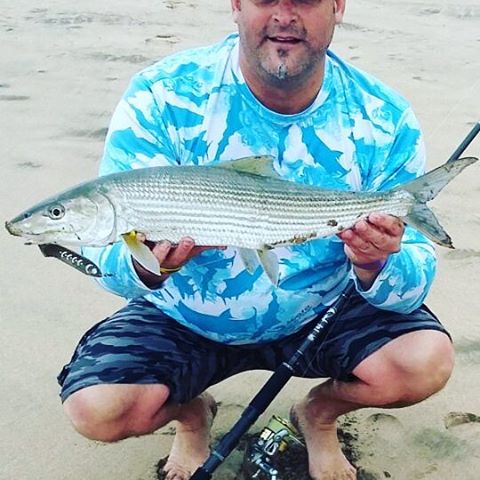
MYDO Team Angler JP Bartholomew with a magnificent Bonefish taken on a MYDO SS Spoon on the KZN North Coast 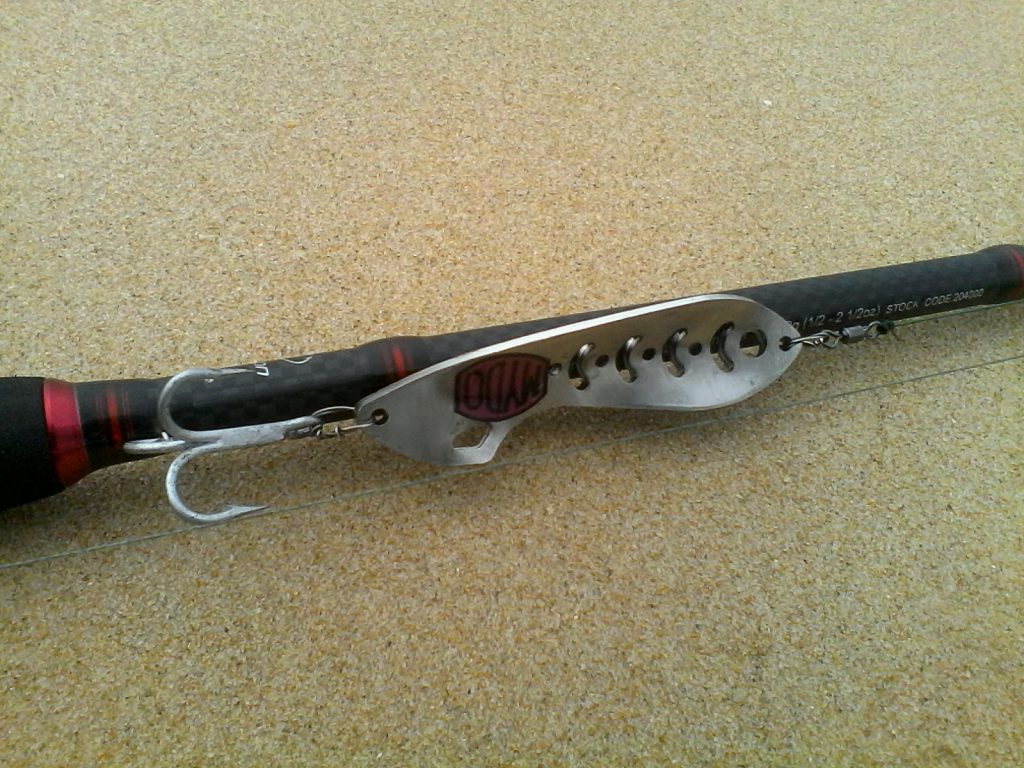
This is the MYDO SS Spoon Shad in 3.2mm Stainless Steel specification 316 marine grade.
Catch us on Facebook at http://facebook.com/thesardine.co.za/
We are on Instagram at http://instagram.com/shonalanga/

